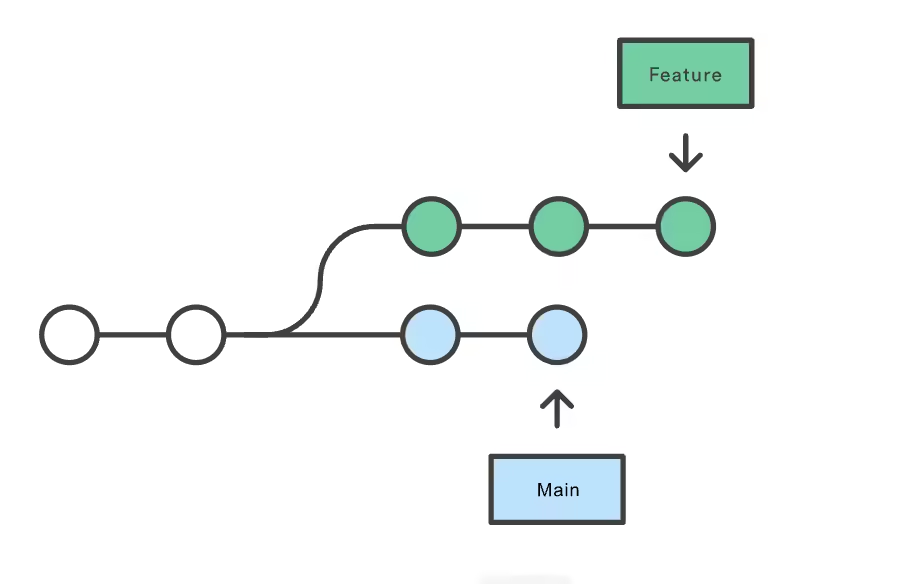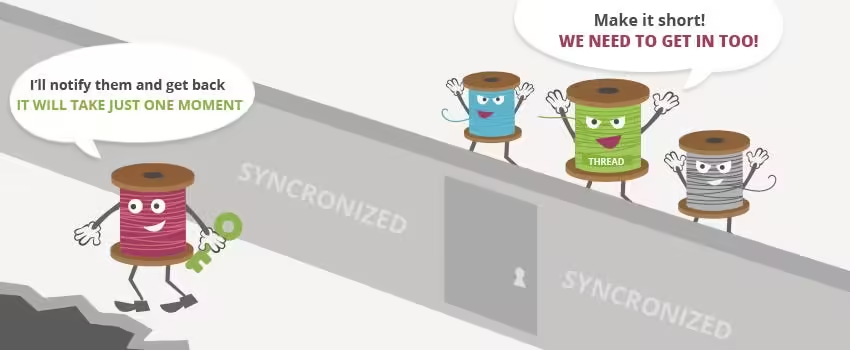SQL ACID Properties
ACID stands for Atomicity, Consistency, Isolation, and Durability. Together, these principles define how transactions behave and help prevent data corruption, even when issues like hardware failures, power outages, or concurrent data access arise. Let’s break down each of these properties to understand their significance in SQL transactions. What is a Database Transaction? Before diving into … Read more









